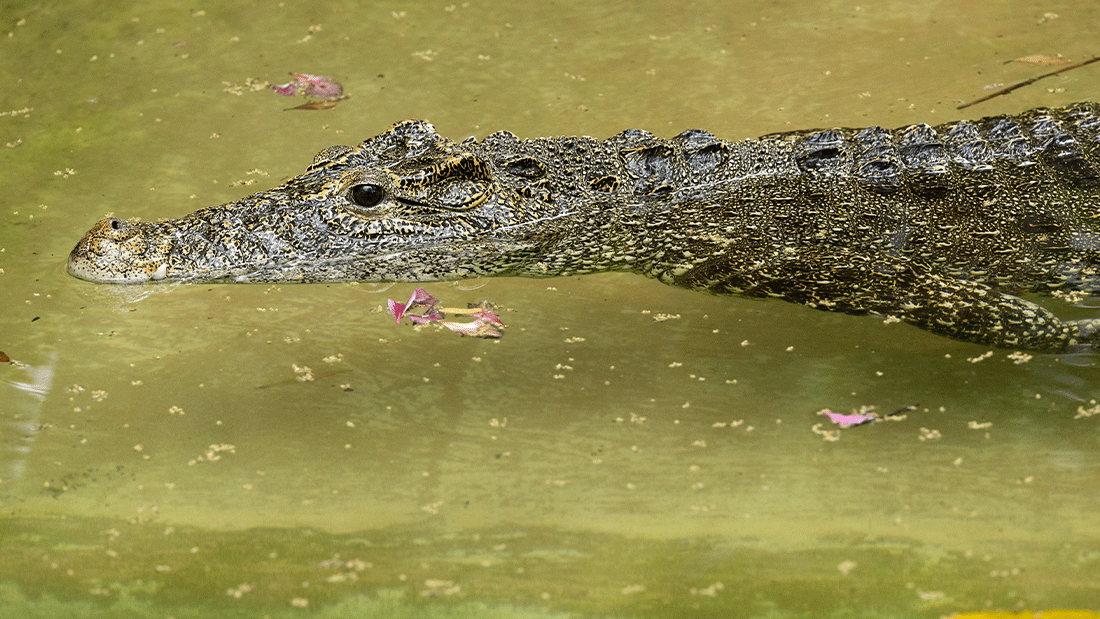Crocodiles and alligators might be some of Earth’s oldest species, but that doesn’t mean they are immune to the problems faced by modern-day reptiles. The Cuban crocodile is a critically endangered species and is thought to have the smallest range of all the crocodilians.
Where do Cuban crocodiles live?
The Cuban crocodile (Crocodylus rhombifer) used to inhabit just two swamp habitats in Cuba: the Zapata Swamp in the southwest and the Lanier Swamp on Isla de la Juventud. However, according to the IUCN there have been no confirmed sightings of Cuban crocs in Lanier Swamp since 2008, suggesting that the sole location for this species is now the Zapata Swamp – and they only live in a specific area of the swamp, which is just 300 square kilometers (116 square miles).
“When you compare the Cuban crocodile with other species in the world, its house is very small,” Gustavo Sosa, a Cuban veterinarian at Zapata, told the Independent.
What do Cuban crocodiles look like?
Historically, Cuban crocodile ancestors have been found in the fossil record that measured around 6 meters in length (19.6 feet). Today, though, the crocs measure around 3.5 meters long (10.5 feet). The males are typically larger than the females. Cuban crocodiles are also said to be the most heavily armored of the crocodile species – they possess horned squamosals, which are bony plates on the back of the head. They are more noticeable in this species than in any other living crocodilian.

The bony plates behind the eyes contribute to the Cuban crocs being the most heavily armored of all crocodilian species.
Image credit: Tau5/Shutterstock.com
What do Cuban crocodiles eat?
The Cuban crocodile is a famously athletic species and can leap from the water to take low-flying birds, or animals from overhanging tree branches. Typically the species consume hutia, fish, and even deer and feral pigs. The species can also gallop on land, reaching speeds of at least 18 kilometers per hour (11 miles per hour) according to the authors of a 2019 study, and sometimes as high as 35 kilometers per hour (22 miles per hour).
Why is the Cuban crocodile endangered?
There are estimated to be just 2,600 wild Cuban crocodiles left in Cuba. The main reasons for their decline are hybridization with the American crocodile (Crocodylus acutus), hunting for skins and for food by local communities and climate change-related issues such as rising temperatures.
In Cuban crocodiles the temperature of the nest determines the sex of the eggs – 32 to 32.5°C (89.6-90.5°F) produces male young. With rising temperatures this could skew future generations to female-only clutches.
Source Link: Athletic, Speedy, And Heavily Armored: Meet The Cuban Crocodile